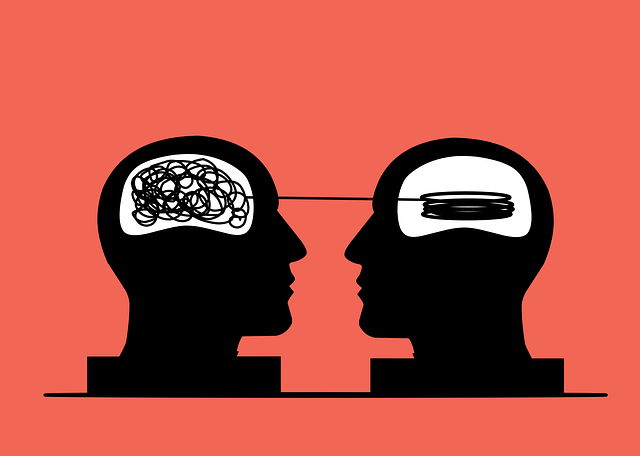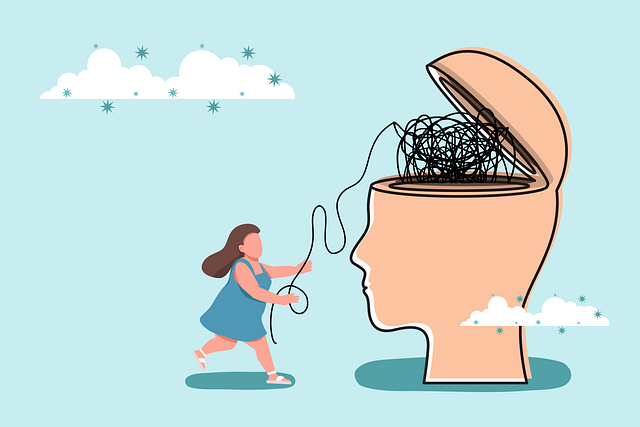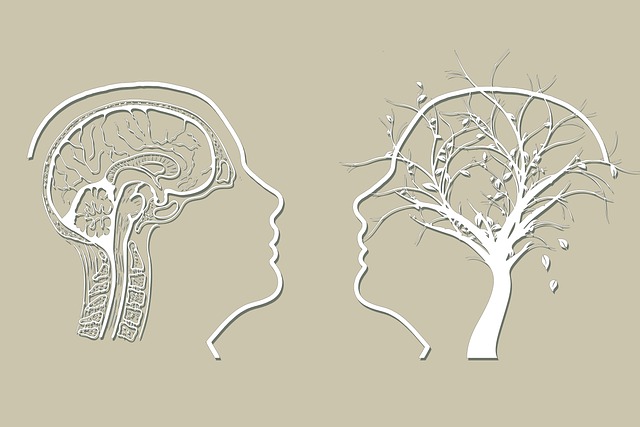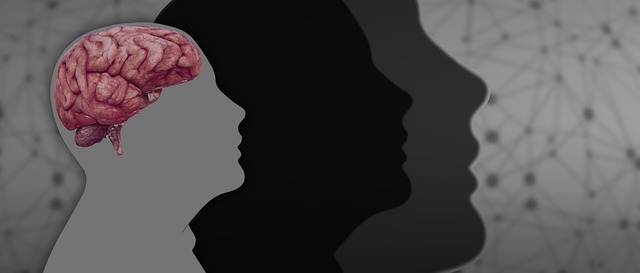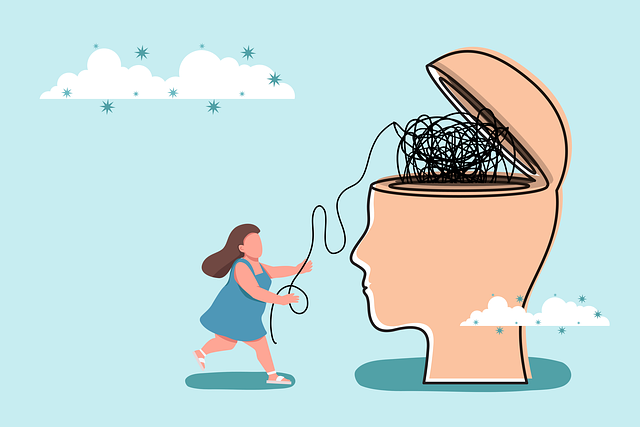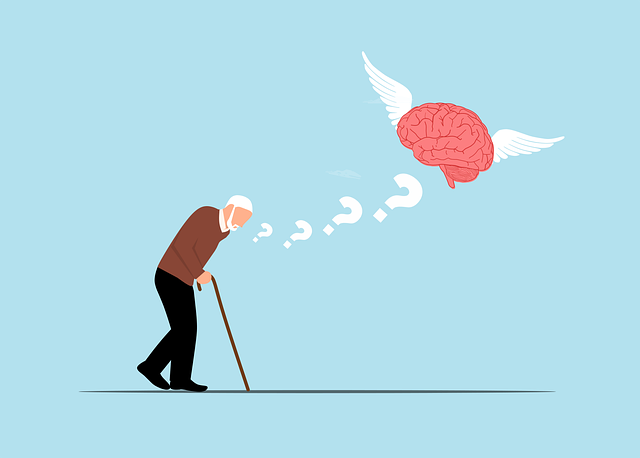Implementing Golden Learning Disability Therapy through holistic education programs addresses the intersection of mental health and learning disabilities. This involves tailored support using techniques like mindfulness, cognitive reframing, and goal setting for improved academic performance and mental well-being. Key components include fostering empathy, promoting emotional well-being with coping mechanisms and relaxation techniques, and encouraging open dialogue about mental health to break down stigmas. Communication strategies, from peer discussions to digital platforms, empower individuals with mood management skills, cultivating optimism and resilience.
Mental health education programs play a pivotal role in fostering well-being and tackling learning disabilities. This article delves into the intricate process of designing comprehensive courses that address these challenges, focusing on the renowned Golden Learning Disability Therapy as a model for success.
We’ll explore the fundamentals of mental health awareness, its intersection with learning difficulties, and outline crucial components for effective program creation. Additionally, we provide practical implementation strategies to bring this transformative therapy to various educational settings.
- Understanding Mental Health and Learning Disabilities: A Foundation for Program Design
- Key Components of an Effective Mental Health Education Program
- Implementation Strategies: Bringing Golden Learning Disability Therapy to Life
Understanding Mental Health and Learning Disabilities: A Foundation for Program Design

Understanding mental health and its intersection with learning disabilities is a crucial foundation for designing effective education programs. Many individuals face challenges that impact both their cognitive abilities and emotional well-being, requiring tailored support. These co-occurring conditions, such as Golden Learning Disability Therapy, demand comprehensive approaches that address both academic needs and mental health concerns. By integrating self-care practices, compassion cultivation, and mental wellness journaling exercises into the curriculum, educators can foster a nurturing environment.
This holistic approach ensures that students with learning disabilities receive guidance not just in their academic pursuits but also in developing coping strategies for managing stress and emotional difficulties. It encourages them to prioritize mental wellness as an integral part of their overall well-being, thereby promoting resilience and enhanced learning experiences.
Key Components of an Effective Mental Health Education Program

An effective mental health education program should incorporate several key components to ensure it reaches its intended audience and promotes positive change. Firstly, Confidence Boosting strategies are vital for empowering individuals to recognize and manage their emotional states. This can include techniques such as mindfulness exercises, cognitive reframing, and goal-setting activities that encourage self-efficacy and resilience. By fostering a sense of confidence, participants feel more equipped to navigate life’s challenges and maintain their mental well-being.
Additionally, Empathy Building Strategies play a crucial role in creating an inclusive learning environment. These strategies promote understanding and acceptance by encouraging active listening, perspective-taking, and open dialogue. Understanding that mental health is a diverse spectrum helps break down stereotypes and encourages support among peers. Incorporating Mind Over Matter Principles, which focus on the power of positive thinking and self-talk, further equips individuals with tools to challenge negative thought patterns and cultivate a more optimistic outlook.
Implementation Strategies: Bringing Golden Learning Disability Therapy to Life

Implementing Golden Learning Disability Therapy requires a strategic approach to ensure its effectiveness. One key strategy is integrating Communication Strategies that foster open and honest conversations about mental health, breaking down stigmas, and encouraging individuals to seek support early on. These strategies can range from peer-led discussions in classrooms to digital platforms facilitating anonymous communication, catering to diverse learning styles and comfort levels.
Emphasizing Emotional Well-being Promotion Techniques within the program is equally vital. This involves teaching coping mechanisms for stress, anxiety, and other mental health challenges. Incorporating mindfulness exercises, cognitive reframing, and relaxation techniques empowers individuals to manage their Mood Management effectively. By nurturing emotional intelligence and resilience, these techniques not only enhance overall well-being but also prepare participants to navigate life’s challenges more adaptively.
Mental health education programs, particularly those focusing on learning disabilities, should incorporate a holistic approach, as highlighted by Golden Learning Disability Therapy. By understanding the foundational knowledge and key components discussed in this article, educators can design inclusive and effective programs that empower individuals to manage their mental health. Implementation strategies, such as collaborative teaching methods and accessible resources, are crucial for successful execution, ensuring every learner receives the support they need for a healthier, more productive future.
